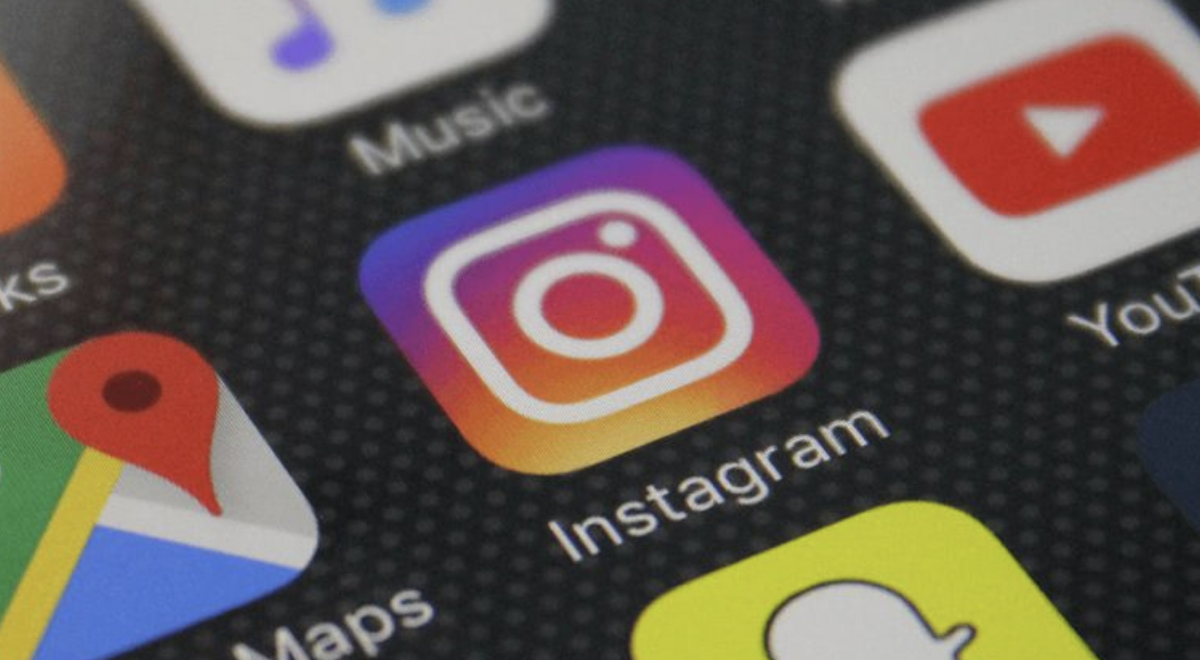Can digital storytelling help me get the edge over competitors?
Doctor Digital Says

Digital storytelling is no different than its traditional counterpart — other than how those stories are delivered and their covert or overt marketing focus. Digital storytelling is the practice of combining digital media, such as images, audio, video, and interactive elements, to tell a story. It's a modern form of storytelling that leverages digital tools and platforms to create and distribute content - and in a world where getting eyeballs on your marketing is increasingly competitive, it is becoming the go-to way to keep customers engaged.
Digital storytelling can take many forms, including short videos, podcasts, social media posts, and interactive websites. It can be used for a variety of purposes, including education, entertainment, marketing, and advocacy for your brand. Digital storytelling allows storytellers to reach a wider audience, engage with their audience in new ways, and create more immersive and interactive experiences. It also allows for more collaboration and co-creation, as multiple storytellers can contribute to a single project from different locations and depending on the platform, also distribute to multiple channels.
If you haven't thought about storytelling as it relates to your business, you might want to think first about the traditional elements of a story that you could use, and how you might structure your digital tales. The structure of digital storytelling can vary depending on the specific story being told, the audience, and the platform being used. However, there are some common elements that are often included in digital storytelling.
Here is a general structure that can be used as a starting point for creating a digital story:
- Introduction: Introduce the topic or theme of your story, and grab the audience's attention with a compelling hook. This could be a question, a shocking statistic, or an emotional anecdote.
- Setting the scene: Establish the context and setting for your story. Describe the key idea, customer, the time and place, and any other relevant details that will help the audience understand what's happening.
- Challenge: Introduce the challenge that the customers are facing. This is the main consumer problem that your story will revolve around - you are solving a problem for your customers that at its core will involve them making money or saving money in their business.
- Build the action: Create some tension and suspense build, however that might look for your product or service so the audience becomes more invested in the outcome.
- Boom! Its the Climax: This is the turning point of your story, where the call to action for customers is dropped for them to pick up and run with.
- Executing the deal: Describe what happens after the climax, how do customers move towards a resolution of the call to action?
- Conclusion: Wrap up the story with a satisfying resolution, and leave the audience with a takeaway or message that they can apply to their own lives STAT.
If you're at all confused about digital storytelling, you might find that some of your very familiar tools are platforms to tell stories. YouTube, TikTok, Instagram, Medium, Facebook, Linkedin, your website, and your email newsletter are all platforms to create stories. Need some inspiration as to how digital storytelling might work for your business? We got you. Businesses can use digital storytelling to connect with clients in a number of ways. Here are a few ideas:
- Create a brand story: Use digital storytelling to tell the story of your business, its history, and what makes it unique. This can help create an emotional connection with clients and help them understand the values and culture of your business.
- Share customer stories: Collect stories from your most enthusiastic customers and use them to showcase the benefits of your products or services. This can help build trust and social proof for your business.
- Use video content: Create short videos that showcase your products or services, introduce your team, or share behind-the-scenes glimpses of your business. Video content remains highly engaging and can help build a personal connection with your clients.
- Leverage social media: Use social media platforms to share your digital stories and engage with your audience. Social media can be a powerful tool for building relationships with clients and fostering a sense of community around your business.
- Create interactive content: Consider using interactive elements, such as quizzes or polls, to engage with your clients and encourage them to participate in your digital storytelling.
These are just a few of the ways you can use digital storytelling so your business can build stronger emotional connections with your clients, increase brand awareness, and ultimately drive more sales and revenue through the personalisation of emotional connections. Try out a few different approaches to find your own natural brand voice so you can become the most interesting brand in the room in the crowded world of digital marketing.

Need to get back to basics with your digital storytelling strategy? Our Digital Ready Fundamentals course is designed to give you all you need to get on track in a quick, easy, actionable video format - including a cybersecurity primer. Join Doctor Digital and get fundamental to get the best out of your Digital Ready coaching experiences.


